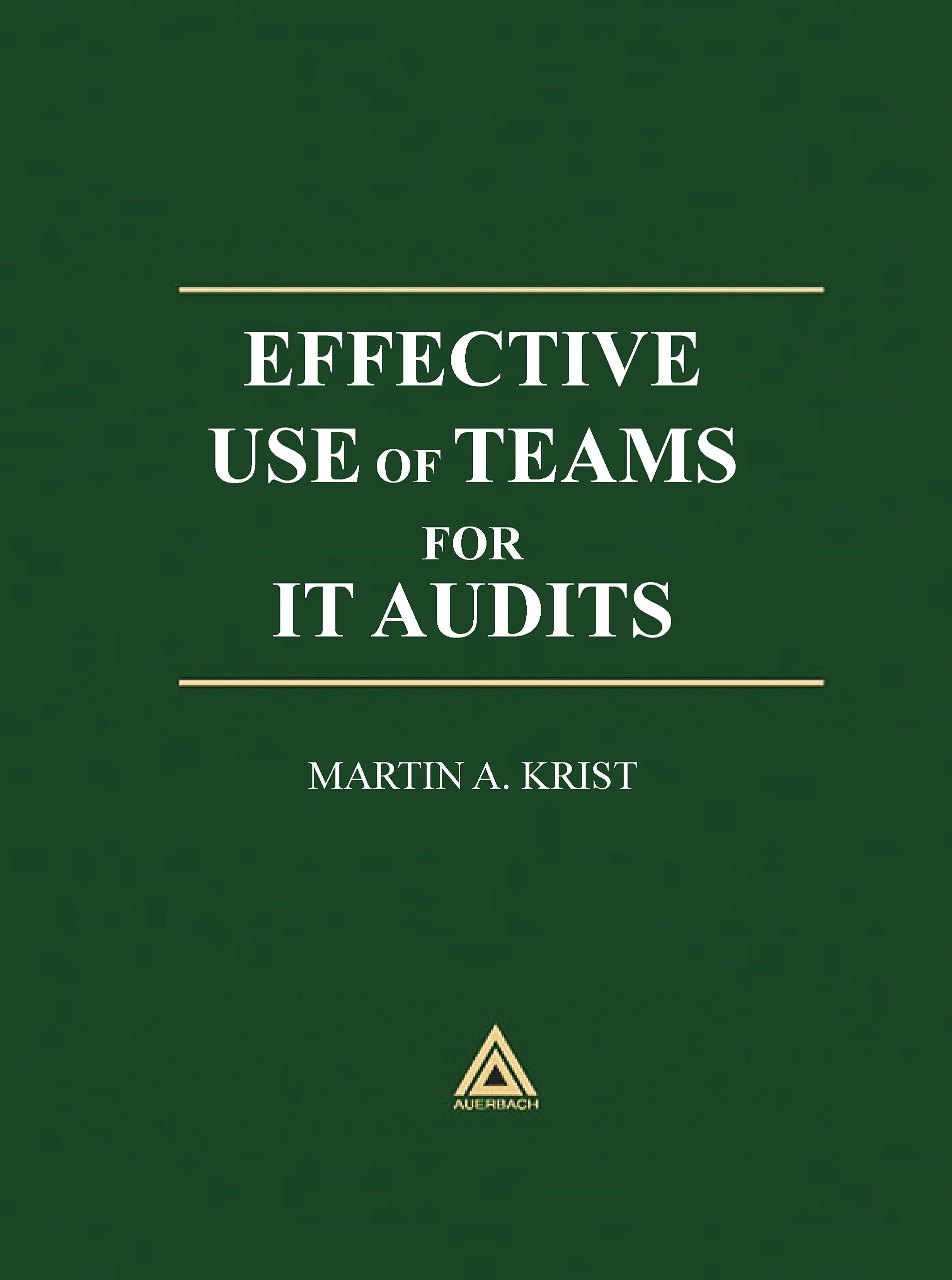Question
Richie is a bar owner and would like to determine an ordering policy for beers. He wants to use an (I, S) policy where he
- Richie is a bar owner and would like to determine an ordering policy for beers. He wants to use an (I, S) policy where he checks the inventory every week (I=1 week). According to the past data he collected, the following Table shows possible demand values for beer and the probability of observing this demand in one week.
| Demand | Probability |
| 100 | 0.04 |
| 120 | 0.07 |
| 140 | 0.08 |
| 160 | 0.12 |
| 180 | 0.16 |
| 200 | 0.17 |
| 220 | 0.13 |
| 240 | 0.09 |
| 260 | 0.07 |
| 280 | 0.05 |
| 300 | 0.02 |
The unit cost of beer is $2 per bottle, the price of beer is $4 per bottle and Richie pays $30 for collecting beers from the distributor every time he gives a new order. He estimates the holding cost as 20% per year.
a) Compute the service level and fill rate when Richie uses an inventory policy (I, S) where I=1 week and S = 220 bottles. Also compute the service level and fill rate when S = 260 bottles.
b) Compute the average size of an order in each case (i.e. when S=220 and when S= 260). In each case, how much inventory does Richie carry in each replenishment cycle on average? Compute the total cost of expected (inventory holding) + (stockout cost) in each case. Which of the two order-up-to levels, S=220 or S=260, makes more sense from a cost minimization perspective? (Hint: Stockout cost = Profit lost) What do you advise Richie to do?
Step by Step Solution
There are 3 Steps involved in it
Step: 1

Get Instant Access to Expert-Tailored Solutions
See step-by-step solutions with expert insights and AI powered tools for academic success
Step: 2

Step: 3

Ace Your Homework with AI
Get the answers you need in no time with our AI-driven, step-by-step assistance
Get Started


